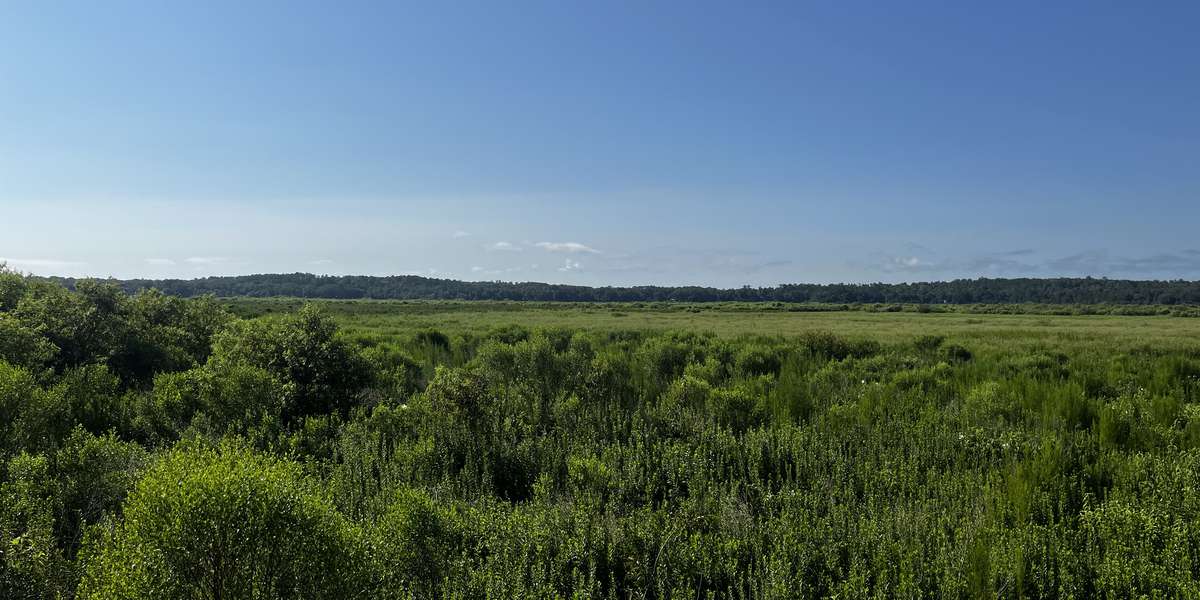2024
2025
July 20, 2023 at 9:52 AM

Tuscawilla Preserve
Managed by Alachua Conservation Trust, Inc.
Since 2023
In Florida, US
ACT102
This chronolog combines 112 photos from 89 contributors. Learn more
About this site
Engage in citizen science by participating in Chronolog! We will use the photos you capture to monitor ecological changes in the preserve over time.
Tuscawilla Preserve includes a prairie and adjacent uplands with small creeks and mesic forests. Lake Tuscawilla contains open water during periods of high to moderate water levels and can be almost completely dry during prolonged droughts. This hydrologic variation is the limiting factor for much of the vegetation and defines the extent of the forest rim. The hardwood hammocks that surround the prairie are dominated by live oak, southern magnolia, hickories, and cabbage palms.
The wetlands consist of many small pools which are a favorite spot for wading birds, such as herons, egrets, ibises, and storks. Sandhill cranes visit the site every fall and several reside there on a full time basis. Raptors also use the area, as they nest and perch in the surrounding forest and forage across the open savanna. Reptiles and amphibians are common, including breeding populations of alligators, snakes, turtles, and frogs. Mammals include the entire suite of North Florida creatures such as deer, bobcat, raccoons, and otters.
Tuscawilla is the Seminole name of this area from the time of Chief Micanopy. Adjacent to the north of Tuscawilla Preserve is the Native American Heritage Preserve, purchased by the Town of Micanopy with funds provided by Florida Communities Trust. Within a few miles are many other documented archeological sites, such as King Payne's Village. William Bartram visited the site on more than one occasion on his trek through North Florida in the 1760s. Lake Tuscwilla’s recent history includes its use for cattle grazing and other agricultural pursuits.
Learn more about ACT and this preserve at www.AlachuaConservationTrust.org.
About Alachua Conservation Trust, Inc.
Established in 1988, ACT is an accredited non-profit land trust working to protect the natural, historic, scenic and recreational resources across North Central Florida. ACT protects land through purchase, donation, and conservation easements primarily in 16 counties.
For nature-lovers
Explore chronologs
For organizations
Chronolog is a monitoring tool for parks, nature centers, wildlife organizations, schools, and museums worldwide. With over 100,000 contributors across 300 organizations, Chronolog is on a mission to engage communities with nature while recording important natural changes.
© Chronolog 2025 | Terms